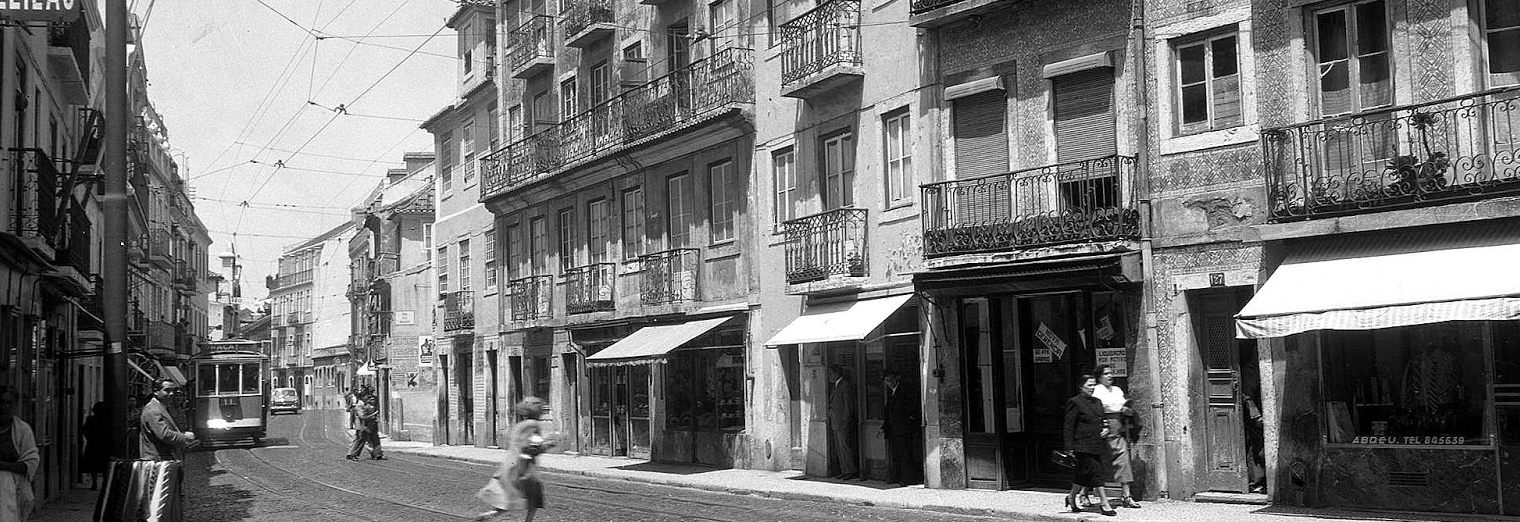Graça the story of a neighborhood with centuries of existence
Graça is an old mixture of the vintage Lisbon and the dynamism of modern times
The genesis of Graça neighborhood is linked to the foundation of the convento dos Agostinhos , which occurred in the thirteenth century under the name of St. Augustine. In 1305 this happened to be the Convento da Nossa Senhora da Graça , which then ended up giving the name to the neighborhood itself.
Earlier Graça was located outside the walls of Lisbon (out of the Moorish walls) and only with the construction of Fernandina wall in 1371, is now to be contained in the areas of the city. There still can be seen the remains of the towers of the walls inside the convent.
The area Graça, which in these times had little more than agriculture, remained very sparsely inhabited for centuries. From the sixteenth century began to emerge several palaces, Vila Sousa, the António Ribeiro Barros the Figueira Palace and the Lords of Trofa. It was due to this population glimmer of nobility born Graça Theatre in 1767 that soon stood out in the artistic panorama of the city.

The eighteenth century already saw several religious buildings punctuating the landscape increasing as populated. As o Convento da Graça, a Ermida de Nossa Senhora do Monte, o Convento das Mónicas, a Capela da Nossa Senhora da Glória and a Capela de Santa Verónica.
But the big turning point in the Graça neighborhood history only occurred after the earthquake of 1755. The reconstruction of the city has led to an increasingly large number of workers seek Graça to reside in. Not only the land was cheap, but the neighborhood was also close to downtown.
In the early nineteenth century the first streets were already established and structured the neighborhood beyond the Largo da Graça. Among others, the neighborhood saw the sidewalk emerging which connects the neighborhood to the São Jorge Castle and the street that linked off of Sappers.
It was only in the early twentieth century that the neighborhood has definitely lost its rural aspect, with the construction of railways Santa Apolonia.
This development revolutionized the industrial life of the neighborhood who suddenly saw the emergence multiple ateliers, which attracted a working class and white-collar workers. This dynamism has led to several associations such as the Savings Bank Workers and Desportivo da Graça Club.
Today Graça is this charming neighborhood we know a mixture of old and new, where you feel the spirit of old Lisbon and the renewal brought about by the emergence of the new inhabitants.




